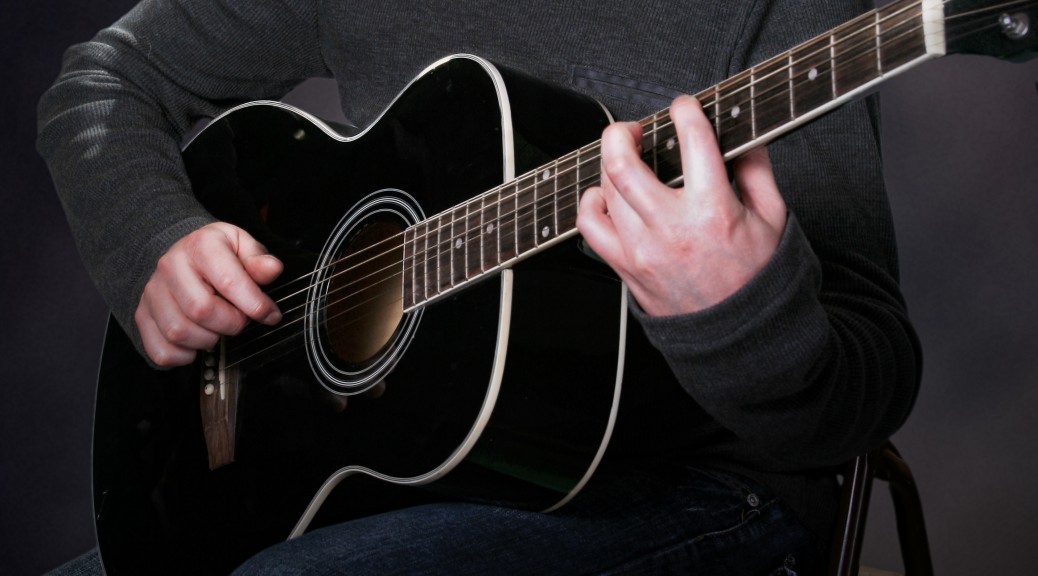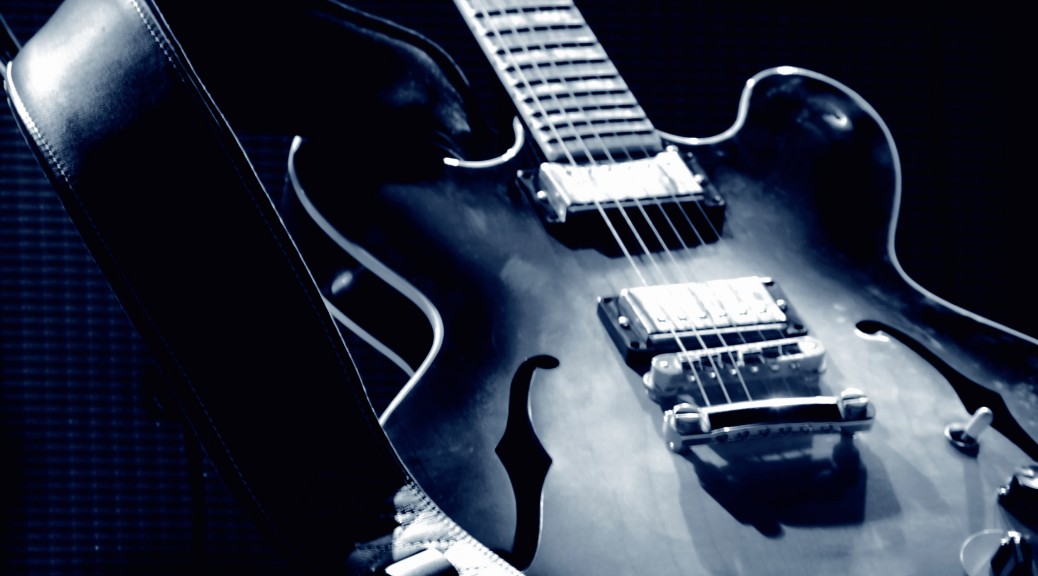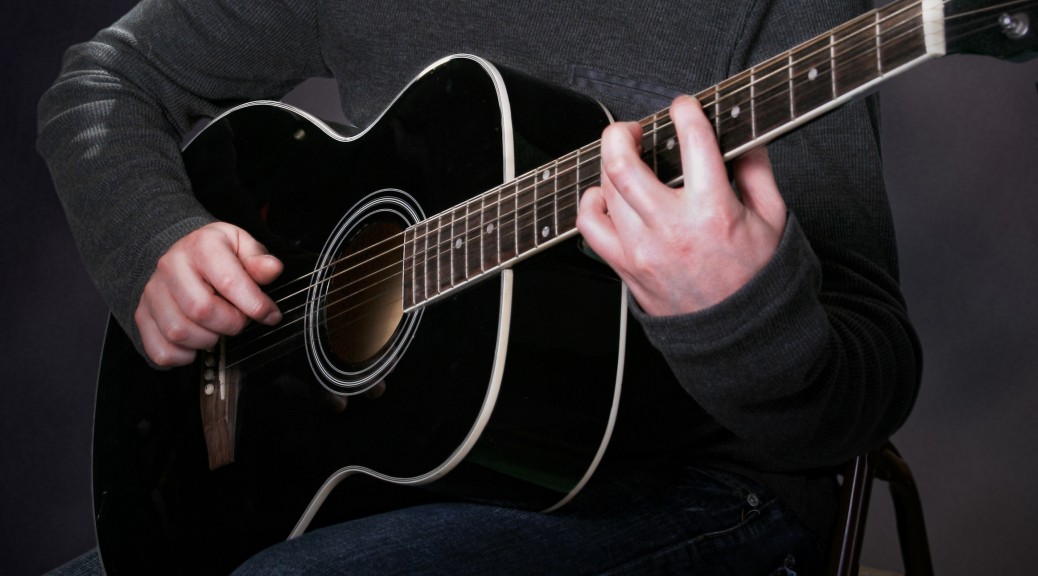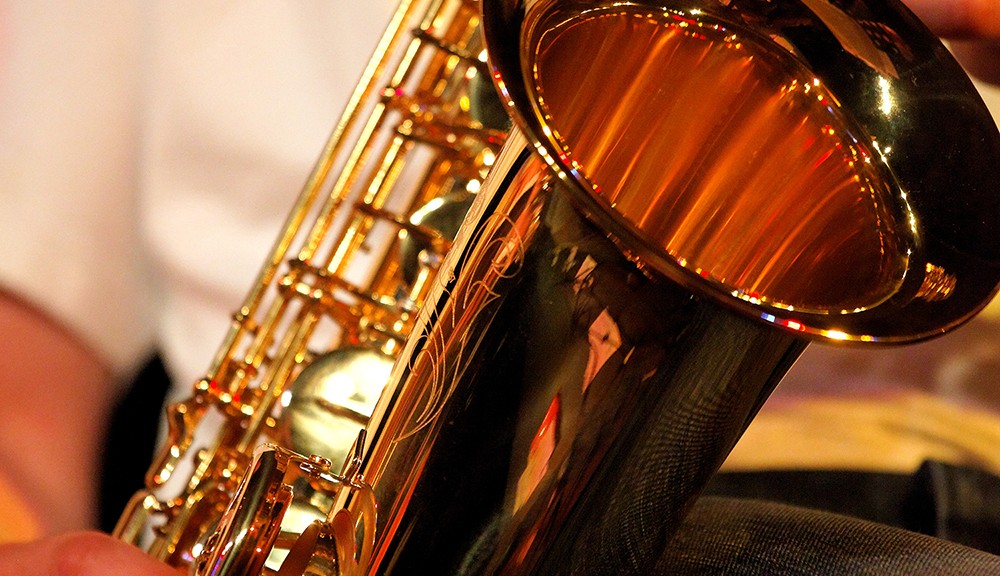Learning music has never been easier, since the internet and modern technological advancements have opened the doors to countless possibilities, expanding the subjects people can choose from and how the lessons are taught.
Now, people can study a whole host of music-related topics; from learning to play guitar or DJing, to understanding the inner workings of the music industry and how to produce music – all without having to leave one’s home. Read more to understand the several benefits of online music education for people of all ages.
Flexibility
One of the key benefits of online music education is the ability to work from wherever you want, whenever you want. Of course, many online courses will have their own deadlines and structured lessons, but these are normally much more flexible than traditional teaching methods.
The fact that students do not have to go to a physical destination or stick to a rigid timetable, as with the vast majority of classroom-based lessons, makes online education much more manageable for those with hectic work schedules or children to care for.
Learn at your own pace
With online lessons, students are in control of their own learning, allowing them the freedom to work at their own pace. No more missed classes, rescheduling of lessons or falling behind – students can work as slowly or quickly as they want to. This means they can take regular breaks as they please, pause or rewind videos to make notes at key points, or simply go over the steps they might have struggled with.
Comfort
A large number of us will find it easier to work when we feel at ease and comfortable, and what’s more relaxing than working from home, in surroundings with which we are familiar? One of the biggest advantages that online music lessons have over classroom-based lessons, is the stress-free environment and, therefore, added motivation that they provide.
Accessibility
Online musical education means people do not have to travel to a classroom or haul their often bulky instruments around with them, making this type of learning widely accessible to all types of people, such as those who are old or less able-bodied.
Likewise, many of us live in hard-to-reach or remote areas whereby music institutions or tutors are few and far between, or require a lengthy, costly commute. This is particularly an issue when living outside of major cities or where the musical instrument is non-traditional so less tutors are available to teach it. In such cases, learning online can be highly advantageous.
Cost-effectiveness
Online lessons often work out far cheaper than paying for a tutor to teach yourself or your child that which they could learn just as easily through the available online resources. Moreover, the transport costs you incur from travelling to a classroom or a location where you tutor is based all adds up in the long run, and the money could be spent on better honing your musical craft!
That being said, you will find that many online music course providers now offer personal support services for students, which can be carried out easily via skype or live chat and is included as part of the package price. This means that someone is always on-hand to offer helpful advice if need be, much like with one-to-one lessons!
Article provided by Point Blank Music School, which specialises in DJ lessons and music production courses both online and in various physical locations across the world.










